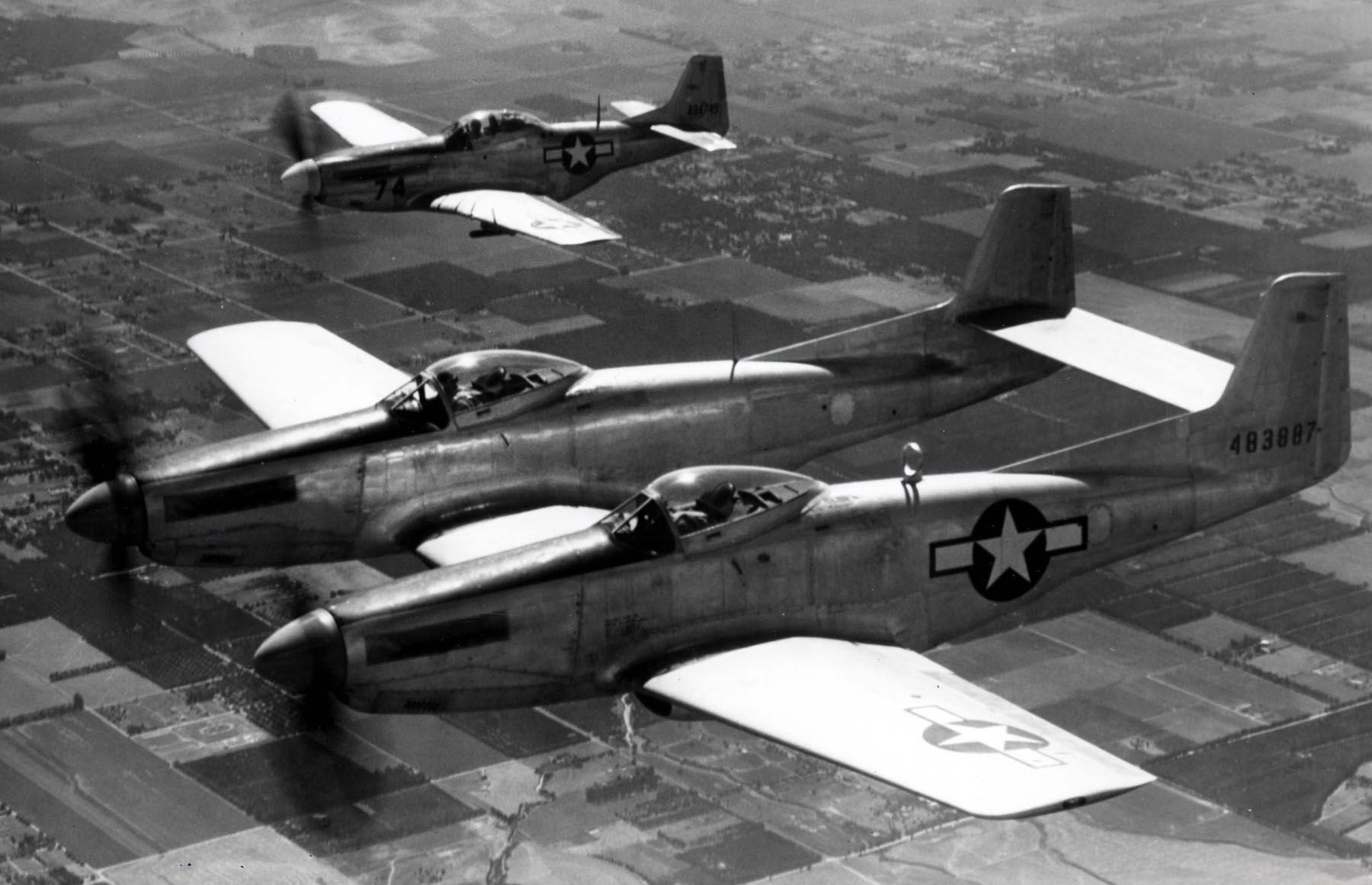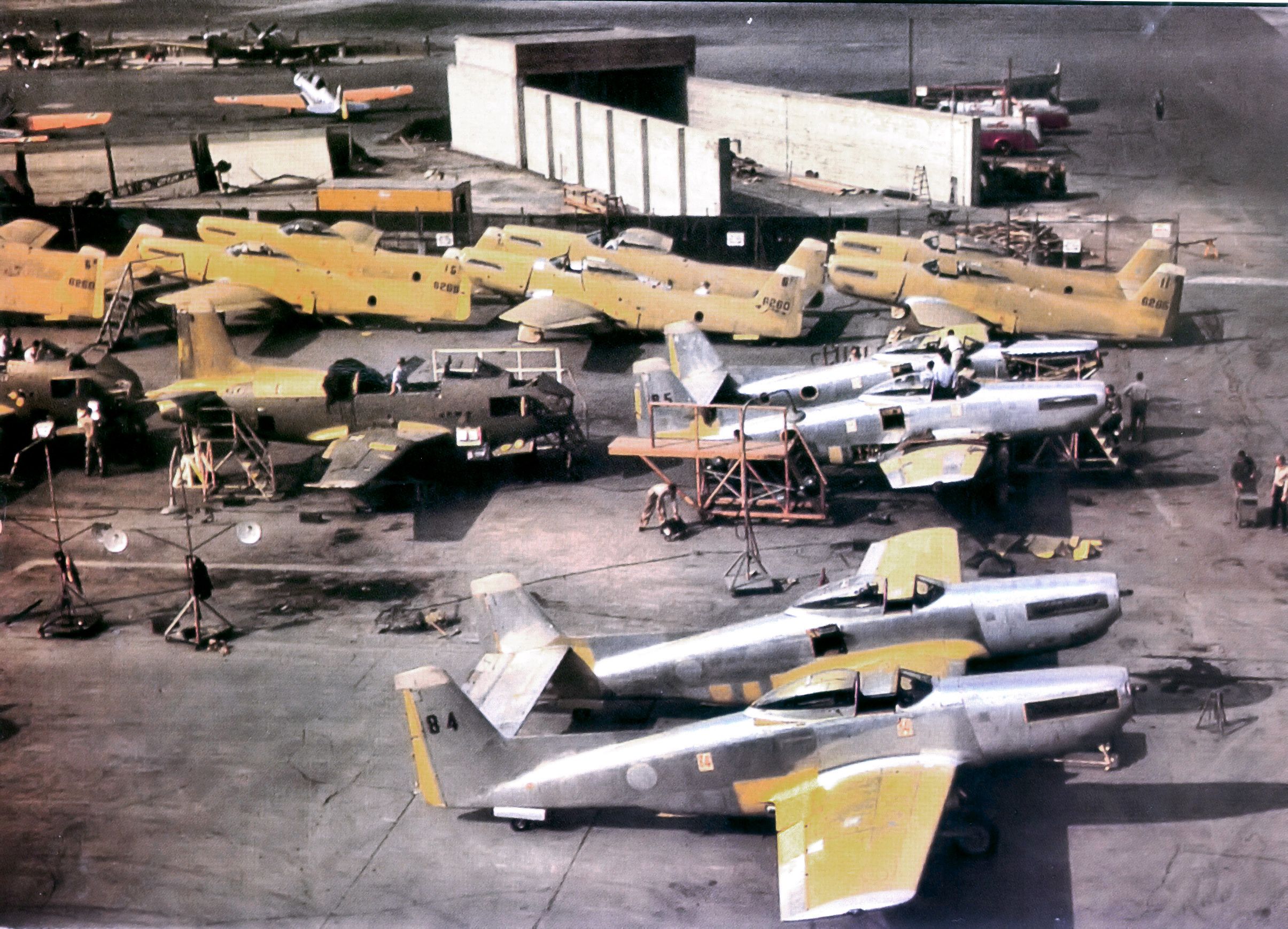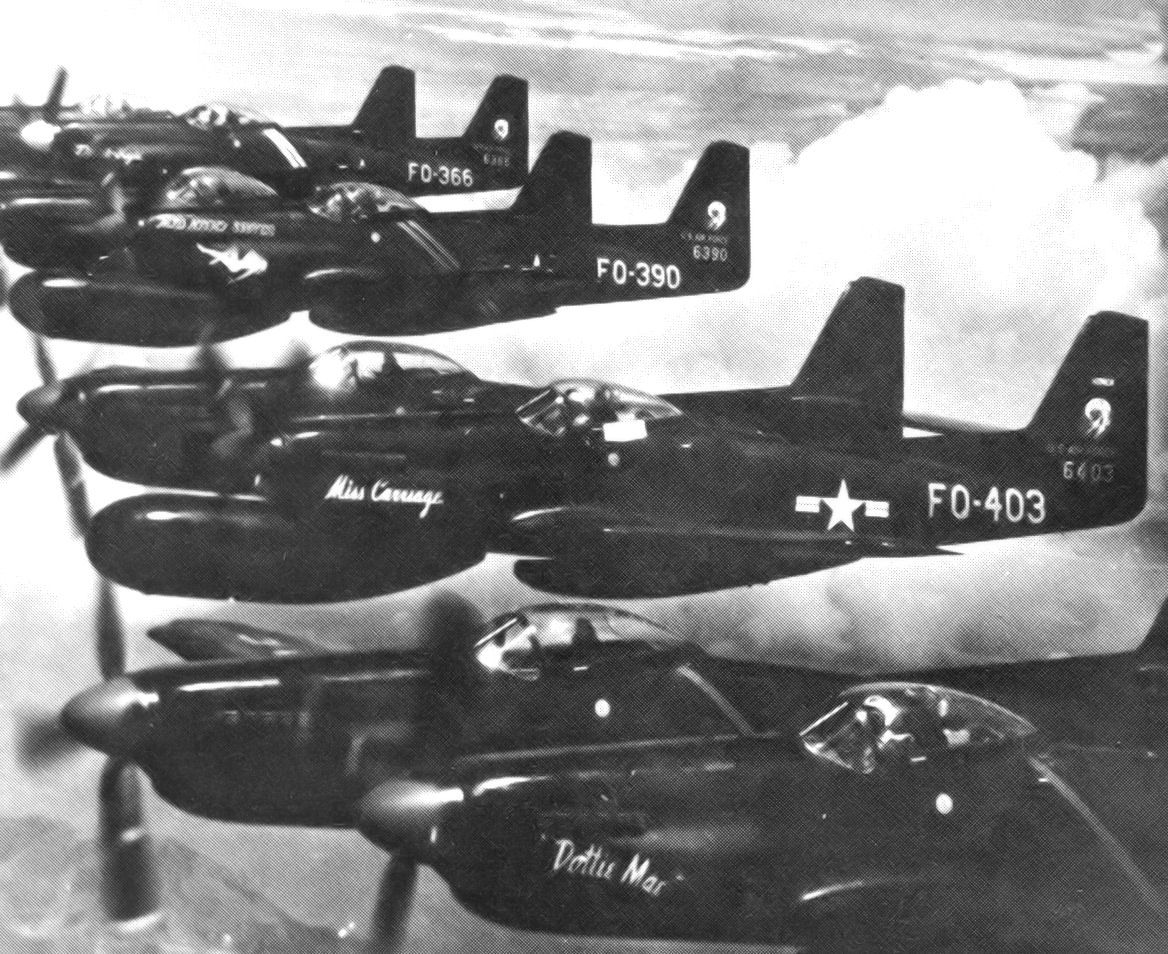While everyone knows about the World War Two era North American P-51 Mustang fighter bomber, only a few will have heard about the post-war North American F-82 Twin Mustang. Based on the P-51 Mustang, the F-82 was a twin-fuselage twin-cockpit long-range fighter escort with a single wing.
The United States Army Air Force wanted to use the plane to accompany its Boeing B-29 Superfortress on bombing raids. The war, however, ended in 1945, and the F-82 did not enter service until 1946.
The plane was built to provide cover for B-29s in the Pacific
While the P-51 Mustang is praised for its capabilities suitable in Europe, the USAF needed a fighter with an even greater range to accompany B-29s on missions between its bases in the Pacific Islands and Japan. Because the Solomon Islands and the Philippines were so far away, the USAF needed a fighter with a range of more than 2,000 miles.
In preparation for what the United States believed would be an invasion of Japan, a design team at North American Aircraft began work in 1943 on a fighter plane that would have a range greater than 2,000 miles. Like the German Messerschmitt Bf 109Z "Zwilling," the aircraft featured twin motors, fuselages, and cockpits.
The engine selected to power the long-range fighter was the Packard-built Rolls-Royce V-1650 Merlin engine. The XP-82 prototype made its maiden flight on June 26th, 1945. The plane could be flown from either cockpit, which allowed pilots to alternate control of the aircraft on long flights.
The military turned its attention to jets
Despite several aircraft being completed before Japan's September 2nd, 1945, surrender, the P-82 was never used during the war. Despite its capabilities, the Air Force wanted a more powerful engine and negotiated a deal with General Motors for a specially made Allison V-1710-100 engine. However, the new engine lacked the performance of the Rolls-Royce Merlins.
On February 27th, 1947, a P-82B set a new world record when it flew 5,051 miles non-stop between New York and Hawaii in 14 hours and 32 minutes. To this day, it remains the longest-ever non-stop flight by a propeller-driven fighter.
By the time the P-82 was ready to enter service with the military, the focus was already firmly on jet-powered aircraft like the Messerschmitt Me 262. Not knowing what to do with the P-82s, the USAF put the planes it had into long-term storage.
The P-82 was used in the early days of the Korean War
While still waiting for jet fighters to be built, the Air Force brought the P-82s out of storage and put them in service. On hearing that North Korean troops had crossed the 38th Parallel, two F-82s were dispatched on a reconnaissance mission. They returned to report that at least 58 tanks were heading south toward Seoul.
Several F-82s provided air cover during the evacuation at Incheon. Fearing that Seoul might fall, the United States began evacuating American civilians aboard Douglas C-54 Skymaster transports. Worried that the North Koreans would try shooting them down, the US used the F-82s as escorts.
On June 27th, 1950, 27 F-82s took off from Itazuke Air Force Base in Japan to provide fighter cover for the transports. Suddenly at around 11:50 local time, a mixed group of North Korean fighter aircraft appeared from the clouds heading towards Kimpo Airfield, where the transports were taking off from.
The American F-82s quickly engaged, shooting down a Yak-11 and two Soviet-built Lavochkin La-7s. The encounter was the first American aerial battle of the Korean War. By the middle of July, the USAF used its jet-powered Lockheed P-80 Shooting Stars to prevent the North Korean Air Force from crossing over the 38th Parallel.
In 1951, F-82s operating in Korea were replaced with Lockheed F-94 Starfire fighters. The USAF claimed that the F-82s destroyed 20 North Korean aircraft during the conflict. By 1953 the number of P-82s in service numbered only a handful, and they were officially retired on November 12th, 1953. During its production run, 272 aircraft were built.
Love aviation history? Discover more of our stories here



